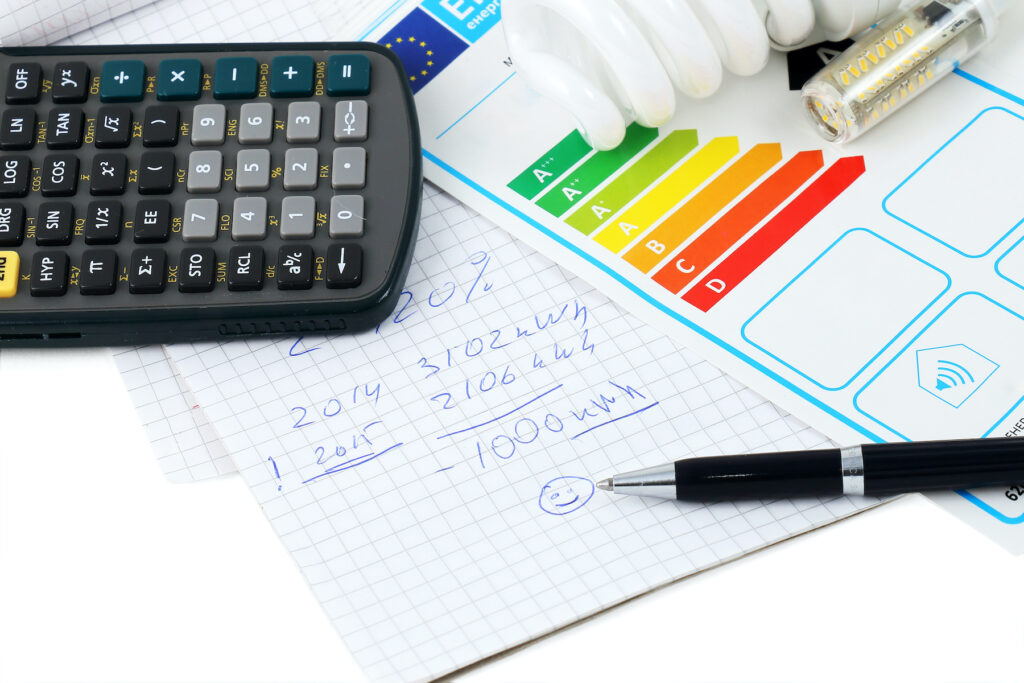WHO NEEDS
ENVIRONMENTAL DATA?
The answer is simple: we believe that everyone involved in owning, managing or upgrading homes, offices or schools will benefit from better data about building performance. Better building performance data means better, lower risk decisions on investment and important context for changing behaviour.
Purrmetrix is an award winning solution that helps you understand building performance and make these better decisions in housing, offices and schools. Our technology is designed to be accurate, scaleable and affordable, working effectively in small deployments or in entire campuses.
Monitoring CO2, temperature and humidity is a powerful tool to manage buildings more effectively, from commissioning to retrofitting energy efficiency measures. Our software platform uses the environmental and energy data to deliver insights into building performance that are useful for owners, managers and building services providers.

UNDERSTAND YOUR AIR QUALITY
When is CO2 too high? Is my ventilation good enough in my classroom? CO2 concentrations have big impact on concentration and performance in schools and offices. They also indicate the level of risk from poor ventilation.
Get a better understanding of ventilation around your building with our CO2 sensors and ventilation rate software.
MEASURE FABRIC PERFORMANCE
Heat loss is one of the biggest single factors that determines energy bills in housing. Understand the overall rate of heat loss using our pre-packaged SmartHTC analytic, based on the industry leading heat loss calculation from our partners Build Test Solutions.
Used alongside our condensation risk and ventilation rate analytics, home owners and managers can make informed decisions about how to retrofit their homes with the right balance between insulation, ventilation and moisture management.


MONITORING AND EVALUATION
Validating the success of new projects with monitoring and measurement is used in offices, schools and housing. It can deliver confidence that your retrofit or repair project has delivered what you paid for, or help you understand if further interventions are needed.
Our software will help benchmark comfort and fabric performance. Multiple sensors make it easier to identify when and where things aren’t going to plan.
